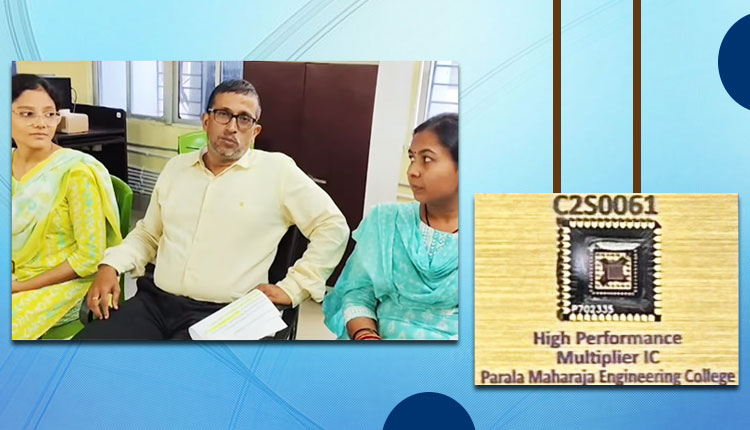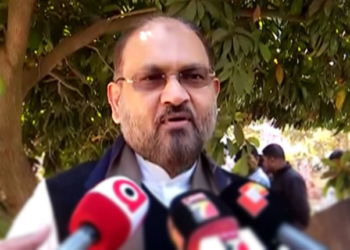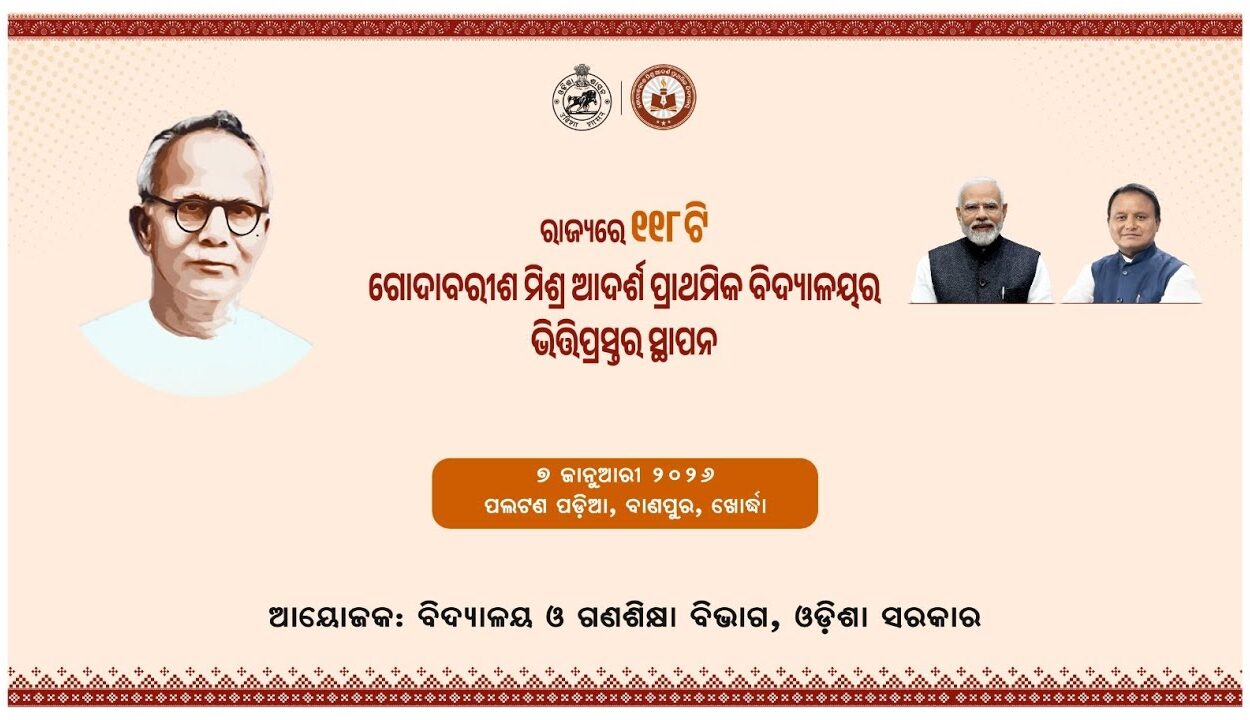Bhubaneswar: In a significant breakthrough under the Government of India’s ‘Make in India’ initiative, Parala Maharaja Engineering College (PMEC), Berhampur has successfully developed a high-performance semiconductor chip aimed at aiding criminal identification through facial recognition technology.
The chip, named C2S0061 High Performance Multiplier IC, was developed as part of the Chips to Startup (C2S) programme under the Ministry of Electronics and Information Technology (MeitY).
The project, titled “Hardware Implementation of Face Recognition System for Criminal Identification Using Field Programmable Gate Array (FPGA) and Application-Specific Integrated Circuit (ASIC),” is one of the few of its kind to be designed and fabricated within India.
PMEC Assistant Professor Dr. Dinesh Kumar Dash, a core member of the development team, stated that the chip was created with deep learning applications in mind and is optimised for image classification.
“The chip processes different pixel patterns and integrates multiple modules, allowing it to accurately identify individuals from facial data. It can operate on low power and is cost-efficient — essential features for widespread deployment in law enforcement agencies,” he explained.
Dr. Dash further added that the system can be loaded with criminal databases sourced from local police stations. Once deployed in real-time environments, the chip is capable of matching faces and identifying suspects quickly, thus supporting active crime investigations.
Another team member, Prof. Sasmita Padhy, from the Electronics & Telecommunication Engineering Department, emphasised the chip’s relevance in the context of repeat offenders.
“Many criminals are arrested and released, only to re-offend. Using this chip, law enforcement can identify such persons using previous data. Unlike current systems that consume more power and take longer to process data, our chip is efficient and fast,” she noted.
Designed using 180nm semiconductor technology, the chip was developed from the ground up, starting with the basic building blocks. The team is now focusing on scaling it for real-time applications, marking a significant step in India’s push for technological self-reliance.
Research scholar Rashmita Karna, who was part of the development team, highlighted the academic journey that led to the chip’s creation.
“We began with literature reviews, selected the appropriate multipliers, and conducted numerous experiments to reduce power and area. The C2S project gave us tools and opportunities rarely accessible at the college level. This initiative allowed us to contribute meaningfully to the ‘Make in India’ movement,” she said.
In a major recognition of Odisha’s growing contribution to India’s semiconductor ecosystem, Union Minister for Electronics and Information Technology, Ashwini Vaishnaw, presented three semiconductor chips developed in the state to Prime Minister Narendra Modi during the inauguration of Semicon India 2025 in New Delhi on Tuesday.
Among them:
- Two chips were developed by NIT Rourkela:
- VG Amplifier and Sensor Circuit (C2S0018)
- Present Encryption Core (C2S0017)
- One chip was developed by PMEC Berhampur:
- High Performance Multiplier IC (C2S0061)
This achievement positions Odisha as an emerging hub in India’s semiconductor manufacturing landscape and reinforces the country’s efforts toward technological independence.

















